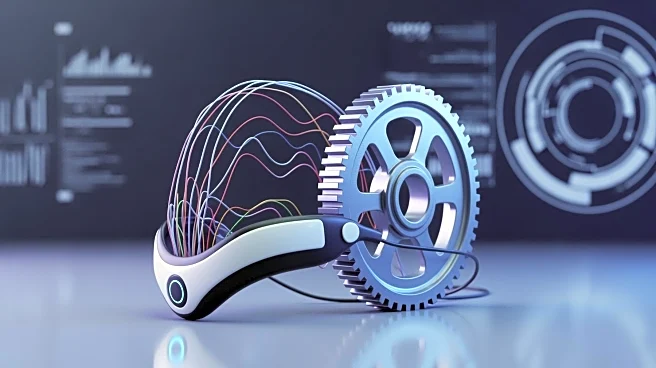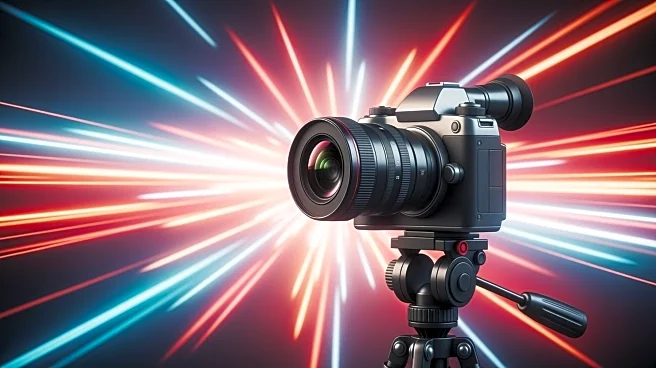What's Happening?
Glassview, in partnership with Cogwear, is pioneering the use of EEG headsets to measure real-time emotional responses to advertisements. This innovative approach allows marketers to understand how ads affect
attention, emotion, and memory formation. By capturing brain data, companies can predict consumer reactions with greater accuracy than traditional methods. This technology, initially developed for medical purposes, is now being applied to enhance advertising effectiveness by identifying emotional triggers that foster brand loyalty.
Why It's Important?
The integration of neuroscience into advertising represents a significant advancement in understanding consumer behavior. By leveraging brain data, marketers can create more impactful campaigns that resonate emotionally with audiences, potentially leading to stronger brand loyalty and increased sales. This method also highlights the importance of ethical considerations in data usage, as it involves sensitive neural information. The potential applications extend beyond marketing, offering insights into education, mental health, and other fields where understanding human emotion is crucial.
What's Next?
As this technology becomes more prevalent, it could redefine how companies approach advertising and consumer engagement. The focus will likely shift towards creating emotionally resonant content that aligns with the neurological responses of audiences. Additionally, the ethical implications of using neural data will need to be addressed, ensuring that consumer privacy and consent are prioritized. The success of this approach could lead to broader adoption across various industries, enhancing the way businesses connect with their audiences.
Beyond the Headlines
The use of EEG headsets in advertising raises important ethical questions about data privacy and consent. As companies gain access to detailed neural data, they must navigate the fine line between innovation and exploitation. Establishing clear ethical guidelines and obtaining informed consent from participants will be crucial in maintaining trust and avoiding potential backlash. This development also underscores the growing intersection between technology and human psychology, offering new opportunities for understanding and influencing consumer behavior.











